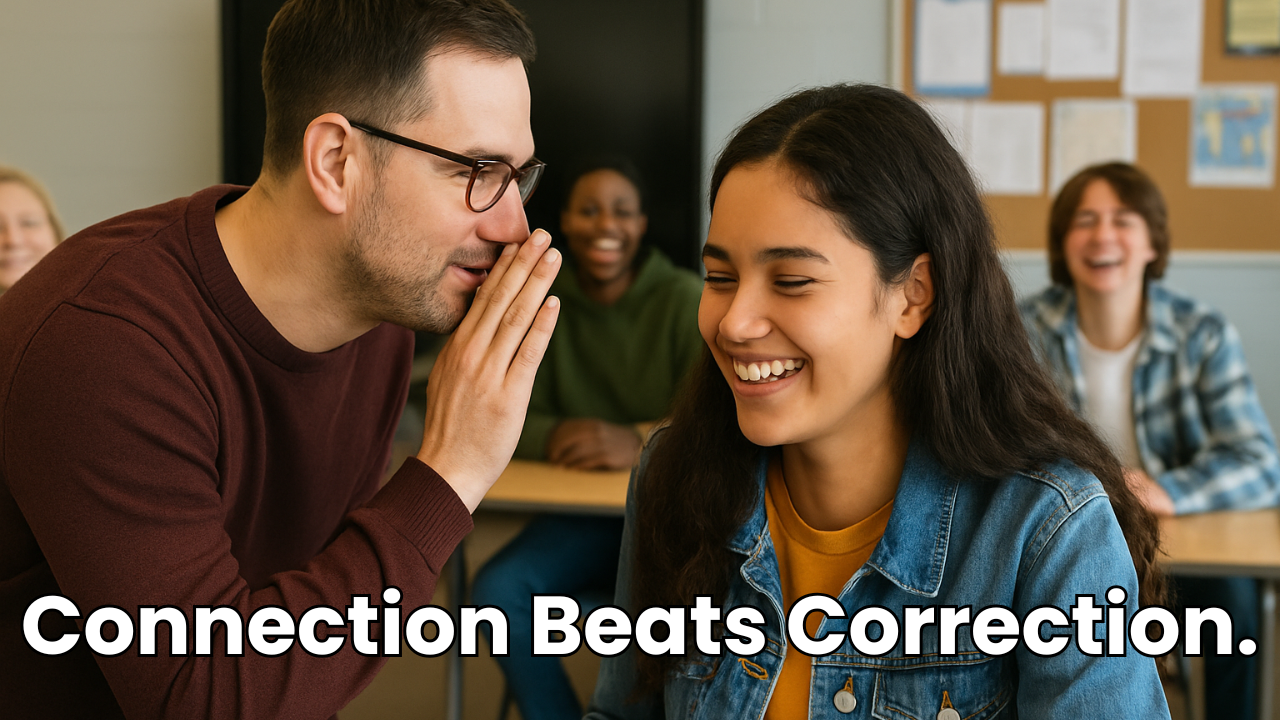
PictureTalk is one of my favorite activities!
It's so easy to choose a picture and start talking and asking questions about it.
It's a great way to scaffold your story-asking until you are more comfortable with the process or as a fun activity to switch up and replace your story-asking every once in a while to keep things fresh!
What?
PictureTalk is a way of providing comprehensible input by talking about and asking questions about a picture.
The picture can be of just about anything as long as it's interesting.
You simply start by describing the picture and asking questions as you go.
Where?
Where do you find great pictures?
Whenever I'm looking for a great picture, I do a Google Image Search for the following terms:
- funny animals
- funny babies
- awkward family photos
- funny pictures
- famous art
Those are the searches that yield me the best results.
You can never go wrong with funny animals or babies, but to provide a bit of variety, you can also search for awkward family photos. You'd be surprised at what you can find with that search.
Want to add some culture? Why not search for famous art, sculptures, or famous locations? With these types of pictures you can provide comprehensible input while also exposing students to the culture.
How?
One of the reasons I love PictureTalk is its simplicity.
There's very little prep involved other than finding an interesting picture to talk about.
I like to collect all of my PictureTalk pictures in a slide deck, one picture per slide, so I always have them at the ready. As I find a new picture I might light to talk about in class, I'll just add it to my slide deck so I know where to find it when I need it.
Once you have chosen your picture, display the picture on the screen for students to see.
Start by asking questions about the picture in the target language.
"What's in the picture?"
"What are they doing?"
"Is the picture funny?"
Constantly rephrase answers into sentences to describe the photo.
Be sure to ask questions of both individual students as well as the class as a whole. And don't forget to ask comprehension questions in English to be sure that students are with you and not getting lost.
The more you can get the students talking about the picture the better.
When?
For many, PictureTalk is story-asking with training wheels. It's a way to scaffold your story-asking until you feel comfortable asking stories on your own.
Because the seed of a story is there in the picture, the teacher doesn't have to work as hard at being creative to come up with something that will keep the students' interest.
But it's also a great option to change things up!
I like to do a PictureTalk at least once a month to provide a different type of story. The process isn't much different from what I do when I have student actors, but it feels different to the students so they think we are doing something new.
It provides just enough novelty to keep my students from getting bored with routine.
Pro Tips!
Whenever possible, try to turn the picture into a story.
There are so many stories built into each picture that you find. All you have to do is ask questions and let the students create the story. This story can even last a few days and can have many tangents.
Use famous art often to expose students to more authentic culture.
I will often find a piece of famous art, sculpture, or even a picture of a famous event or location and use that to launch a story.
It's fascinating to come up with a backstory for a piece of art or sculpture or create characters who are participating in the depicted event or are exploring that special location.
And in doing so, you are both providing comprehensible input and exposing your students to the culture in a very rich way.
Review the following day Write & Discuss activity.
After I do any story, whether it's a PictureTalk or a story with actors, I like to review the story in written form.
On the following day, I'll ask leading questions to review the story as I write it down on the board. The students then copy it into their notebooks.
As we review and write the story, I can point out any special grammatical or vocabulary features and these are more meaningful as they are in context.
Have students say 3 things about the picture on Flip.com.
I love to use Flip.com (formerly Flipgrid) as video exit tickets.
I not only get to see what the students got out of the lesson, but I also get to get a real feel for their speaking ability.
The main activity I do is to have students say three things about the picture, but if you created a story from the picture, you could have students tell an alternative story, an alternative ending, or even a continuation from where the story ended in class.
Just about anything is a great way to see what your students can do with the language.
So there is PictureTalk for you! I hope you'll give it a try in your classroom and if you do, please share how it went in the comments below!



